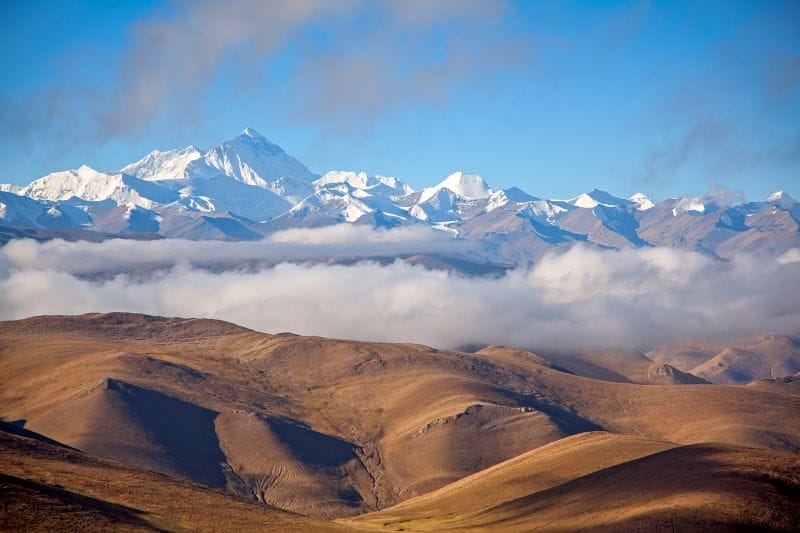Link to the full source article
RSS feed source: National Science Foundation
The Tibetan Plateau’s glaciers are among the world’s most remote and untouched places. Researchers say these ice fields provide water for millions of people and play a vital environmental role.
Now, geoscientists funded by the U.S. National Science Foundation have tracked pollution in the form of lead in the glaciers. The findings are reported in the journal Nature Communications Earth and Environment.
The Tibetan Plateau is often called the “Roof of the World.” It’s the highest and largest plateau on Earth. In a study of the Guliya Ice Cap there, Franco Marcantonio of Texas A&M University and his colleagues discovered that significant lead pollution of the ice cap began in 1974, with the highest levels between 2000 and 2007.
The team measured lead isotopes in samples dating to 36,000 years ago. The ice serves as a historical record, giving scientists a way of comparing levels of modern lead contamination to those of pre-industrial times.
“Even though Pb [lead] has been used by ancient civilizations for millennia, it was not until the Industrial Revolution and later, when leaded gasoline was introduced … in the 1920s, that the emission of Pb from human activities skyrocketed,” state the scientists in their paper. “By the 1980s, emissions surpassed their natural and pre-industrial contribution by about two orders of magnitude.”
The Tibetan Plateau “is considered to be a pristine place due to the
Click this link to continue reading the article on the source website.
